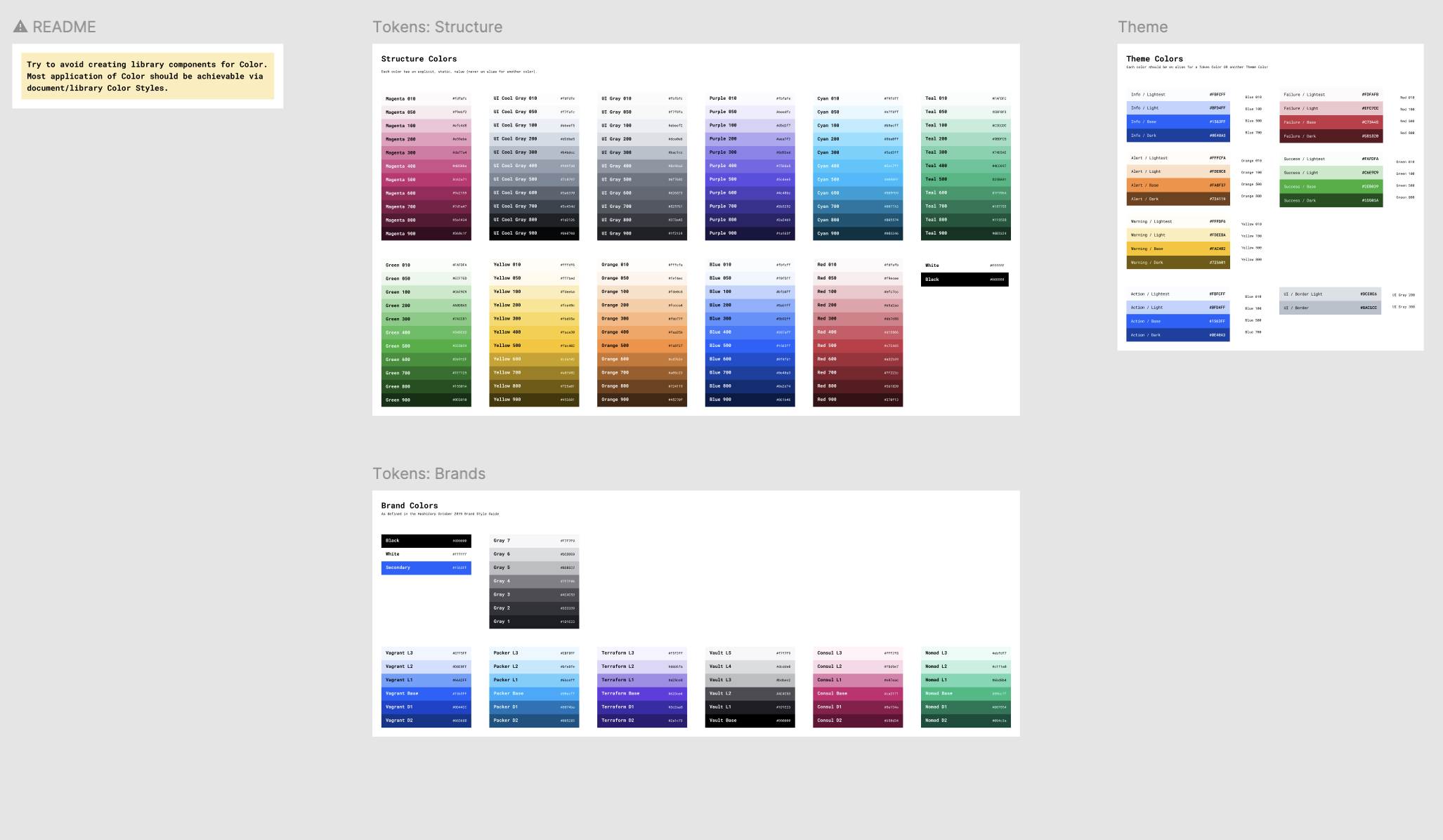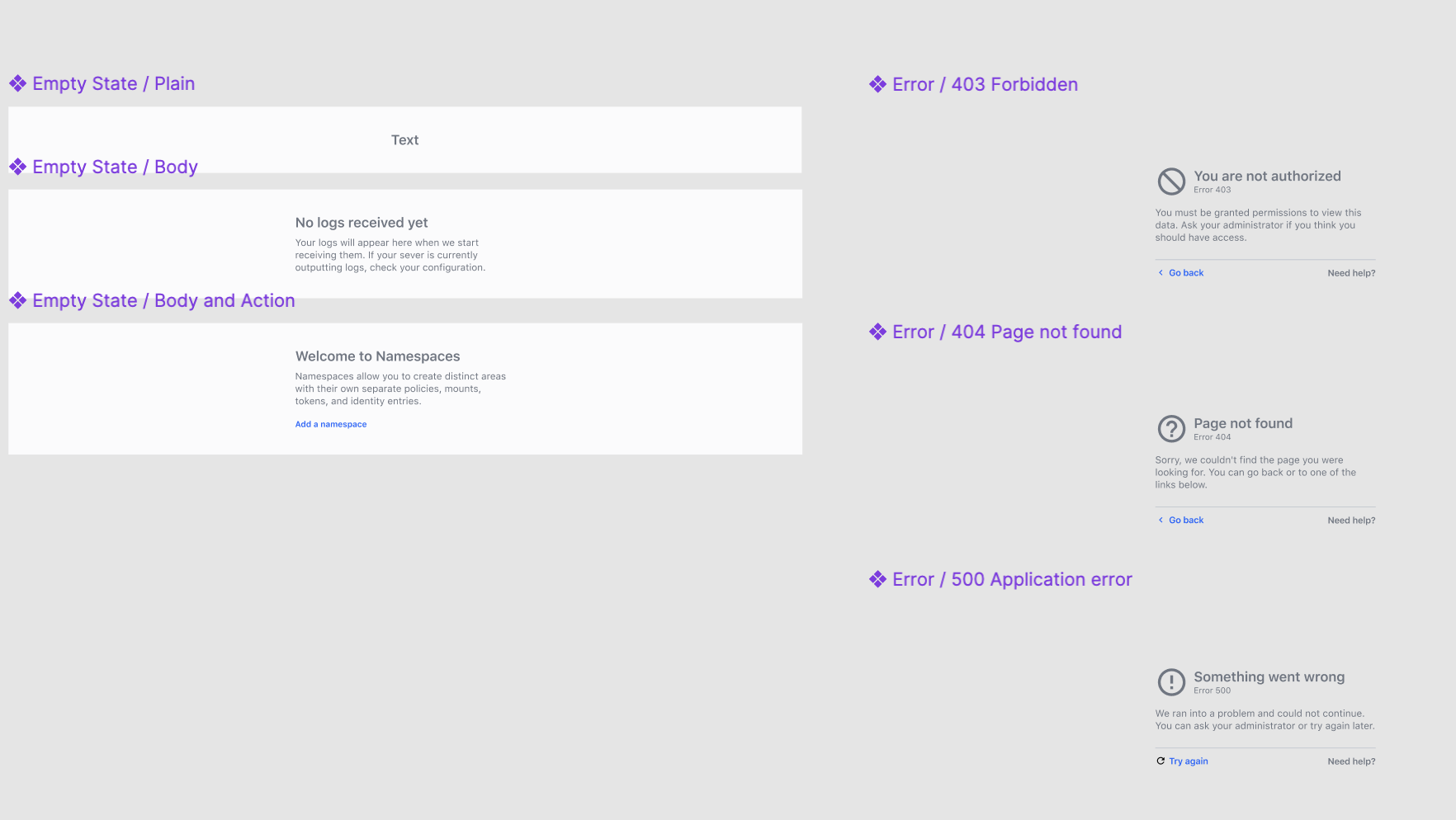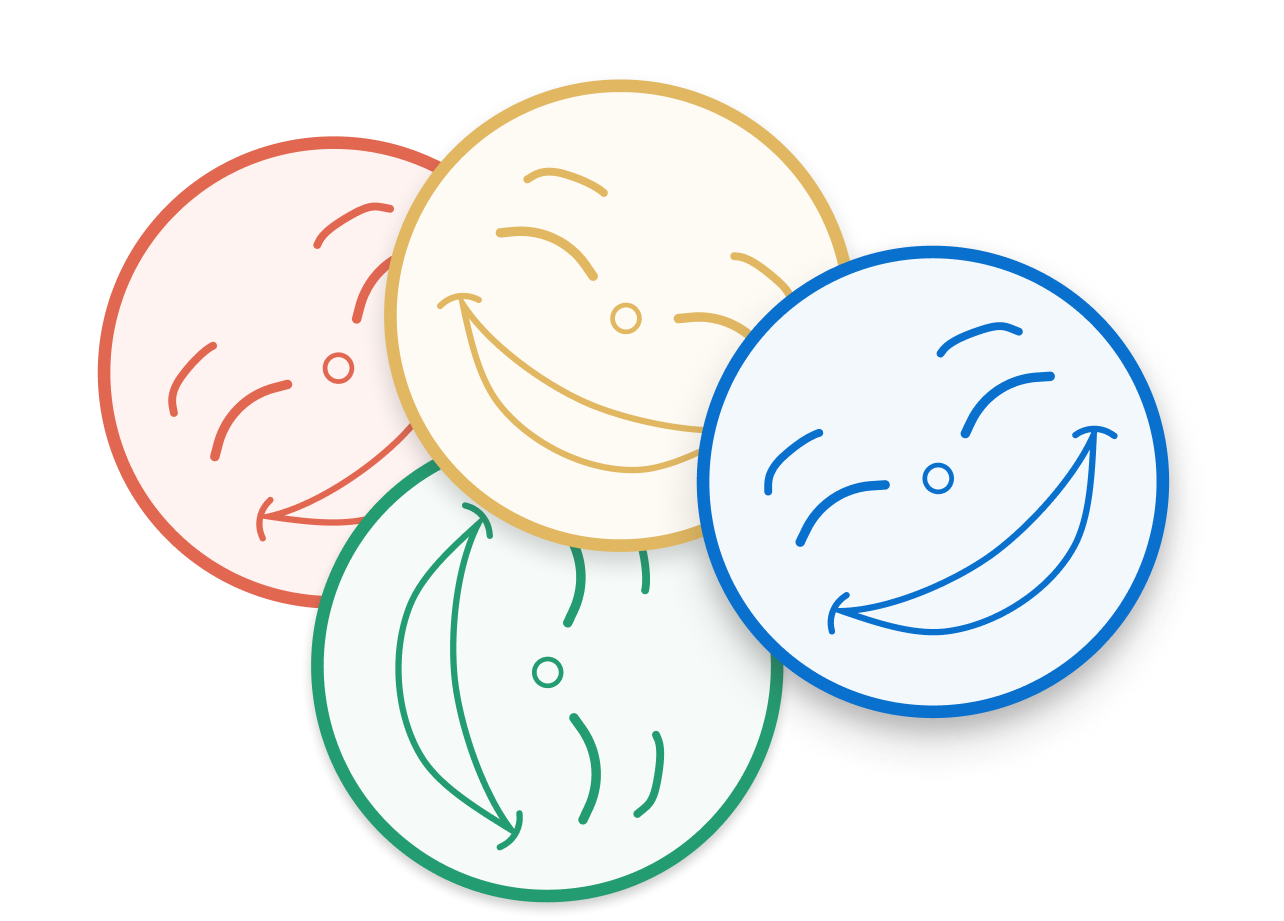Helios is HashiCorp’s design system, which is used by designers and engineers across all its products. It provides the foundations for building consistent, accessible user interfaces through reusable components, design tokens, and shared patterns. Helios helps teams move faster and stay aligned, creating a cohesive experience across the HashiCorp ecosystem.
Check it out! https://helios.hashicorp.design/
Helios is HashiCorp’s design system, which is used by designers and engineers across all its products. It provides the foundations for building consistent, accessible user interfaces through reusable components, design tokens, and shared patterns. Helios helps teams move faster and stay aligned, creating a cohesive experience across the HashiCorp ecosystem.
The Problem
The structure lacked clear documentation, versioning, and governance. Components varied in quality and accessibility; teams often rebuilt the same patterns with minor differences. Without a true source of truth, collaboration was harder, accessibility wasn’t guaranteed, and scaling design across products became increasingly complex.





My Role
I joined the Helios team during its early transition from Structure to a fully supported design system. I contributed to component builds, helped document usage guidance in Figma, and supported efforts to make components more accessible and consistent. I collaborated with designers and engineers to refine how components were used and learned how to scale decisions across multiple products.
In 2025, I’m focused on taking Helios to the next stage of maturity, scaling the system to support more complex product needs and revisiting earlier components to align them with current consumer feedback and expectations. This ongoing work has deepened my understanding of what it takes to maintain a healthy, evolving design system that teams across HashiCorp rely on daily.
Icon Library
In addition to component work, I’ve led efforts to build and improve our icon library. I created new icons based on consumer requests and helped establish a fully adopted, consistent icon set across products. I conducted user research, mapped user flows, and tested prototypes to improve how icons are categorized and searched. These updates made it easier for designers and engineers to find what they need and use icons in a way that supports usability and consistency across the platform. Please visit the Case Study link to learn more about this case study.
The Goal
Our goal was to move beyond the limitations of Structure and create a centralized, maintained design system. We aimed to provide clear, reusable building blocks, from tokens to components, that teams across HashiCorp could trust. A key part of this effort was creating a single source of truth: the Helios website. This would give designers and engineers a reliable place to reference when building UIs, helping them stay aligned, build faster, and deliver more accessible, consistent experiences.
The Solution
As Helios took shape, I worked on building the foundation, from defining design tokens to contributing to core components and documentation. I helped transform scattered patterns into a consistent system by aligning Figma components with code and ensuring they reflected real product use. A significant part of my work was building the Helios website as a single source of truth. I collaborated with engineers and other designers to document how components look and how and when they should be used. I focused on writing clear, actionable guidance that made it easier for teams to adopt the system confidently. I also partnered closely with consumers, gathering feedback and identifying gaps in clarity or usage. Accessibility was always part of the conversation, and I learned how to advocate for it across design and engineering decisions. Today, Helios is widely adopted across HashiCorp, and I’m proud to have helped build a system that makes a scalable, accessible UI a reality.





